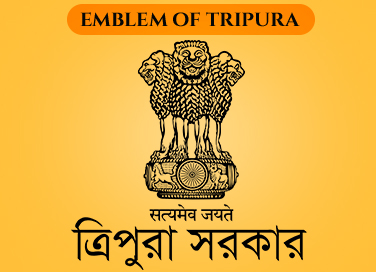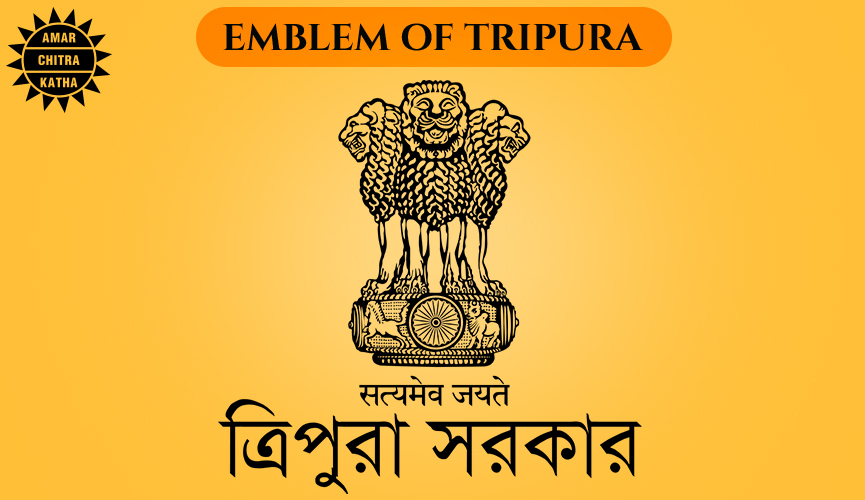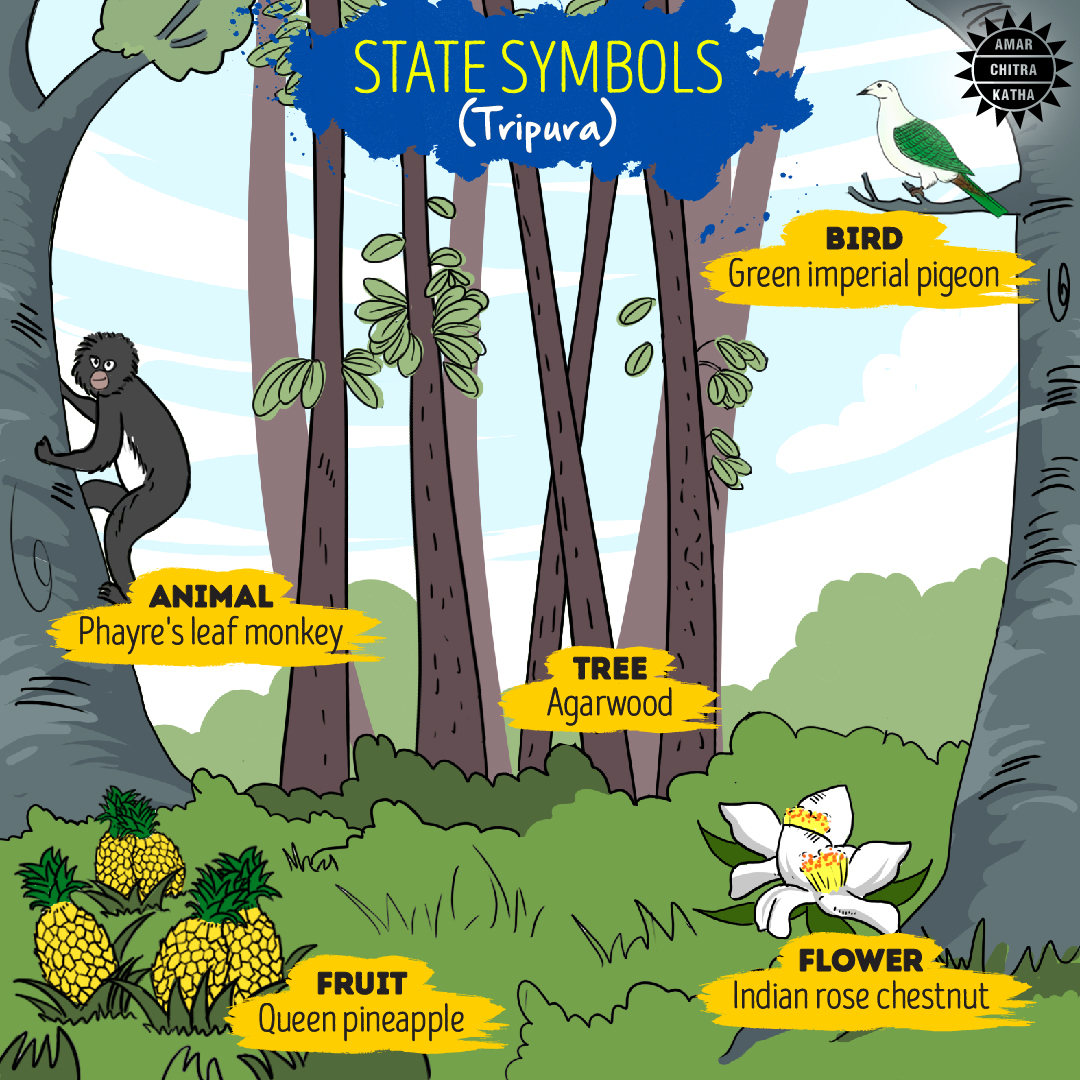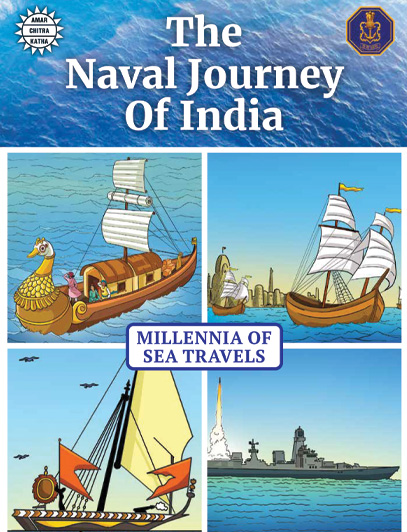The Story of Tripura
- November 9, 2020


The Story of Tripura
- November 9, 2020
By Samyukhtha Sunil
Tucked amidst the hilly folds of North Eastern India on one side and the densely forested and marshy regions of Bangladesh on the other, Tripura is the third smallest state in India. Being one of the oldest princely states in the country up till recent history, Tripura is home to many indigenous tribes who account for a large part of its total population and is a melting pot for ancient tribal traditions. There are many stories around its origins, one legend traces it all the way back to the Mahabharata where there have been mentions of a political state ruled by a king named Tripur who decided to collectively rule the state named Tripura along with King Yudhisthira. It is also believed that this is how the state got its name.

At the peak of its glory, the princely state extended to modern-day Myanmar in the east, the Sunderbans near the Bay of Bengal in the south, and the Brahmaputra basin in the north-west. There have been two very significant periods in the history of Tripura, both of which have been extensively written about in the ancient Bengali poem, ‘Rajamala’. The royal chronicle narrates the extensive lineage of the 144 Maharajas of Tripura in carefully crafted verses put together by the Brahmins in the court of the famous king Dharma Manikya.
To receive more such stories in your Inbox & WhatsApp, Please share your Email and Mobile number.
This unbroken lineage was established by its founder, a tribal chief named Maha Manikya, in the early 1400s. He took control of Tripura and its neighbouring tribes and assumed the title ‘Manikya’ to celebrate his victory over Bengal. What followed was a genealogy of 185 rulers who had achieved remarkable success through their military conquests and overall expansion of the kingdom. Amongst the prominent rulers were Dharma Manikya and Bijay Manikya. The prolonged rivalry and discord between the Manikyas and the Muslim rulers of Bengal resulted in long-drawn tension and conflict, ultimately leading to a massive Mughal invasion that brought a tragic end to this glorious kingdom.

Towards the end of the 16th century, the decline of the Manikya dynasty had begun. King Amar Manikya was one of the dynasty’s last rulers, who fled the kingdom to take refuge on the banks of river Manu. The Mughals established a strong foothold in Chittagong taking advantage of this situation. They soon established control over who would lead the state as their agent, supervising the appointment of the future Tripuri kings. Thus, the dynasty eventually lost its sovereignty over the state. It was only under the rule of king Krishna Manikya that the capital of the kingdom was gradually shifted to Agartala.
When the last ruling Manikya emperor Bir Bikram Kishore Manikya ascended the throne in 1923, Tripura had become a vassal state of sorts with several laws put in place by the East India Company. However, before his death in 1947, Bir ensured Tripura’s accession into a newly independent India. A new forest rule, penal code amendment act and arms rule was put into place under his leadership. He is widely regarded as the architect of Modern Tripura, because of his contribution to Tripura’s overall development at the time. However, he tragically passed away at the age of 39. After the king’s untimely death, his wife Maharani Kanchan Prava Devi ruled as the regent president and aided in the ascent of a political administration in Tripura by appointing the chief minister. Two years later, in September 1949, the Tripura merger agreement was signed, making Tripura a Part C state of sovereign India. This means that the state was henceforth to be governed by chief commissioners appointed by the President of India. Tripura became a full-fledged Indian state on January 21st, 1972.
Tripura continues to share a peaceful relationship with its neighbours. Its regal legacy has led to a harmonious co-existence of its indigenous people, and the advent of modern industries and technology has bridged the state with the rest of the nation. There is a certain sanctity associated with the diversity of the people of Tripura, and it is now home to a varied group of religions, customs and traditions. With its ancient temples, storied history, deep-rooted culture and unmissable attractions, Tripura offers a wonderful insight into the history of a royal kingdom that has only evolved in its charm.
To receive more such stories in your Inbox & WhatsApp, Please share your Email and Mobile number.

Comic of The Month
The Naval Journey of India Book I
This book is the first of a three-book series that takes a deep and detailed look at India's Naval History and a deep insight into the lives of our men and women in white. But any series on the Indian Navy has to start at the very beginning - exploring India's celebrated maritime history. Join our little hero, Bharat, and his grandfather, Commodore Sagar, as they sail into the deep blue waters of time. Book I of The Naval Journey of India takes a sweeping look at India's maritime endeavours, how the seas impacted us over millennia and how the oceans made us who we are.